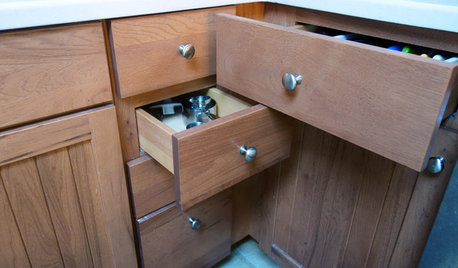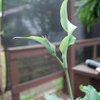does anyone lime their beds????
ken_adrian Adrian MI cold Z5
12 years ago
Related Stories

KITCHEN DESIGNThe Cure for Houzz Envy: Kitchen Touches Anyone Can Do
Take your kitchen up a notch even if it will never reach top-of-the-line, with these cheap and easy decorating ideas
Full Story
INSIDE HOUZZHow Much Does a Remodel Cost, and How Long Does It Take?
The 2016 Houzz & Home survey asked 120,000 Houzzers about their renovation projects. Here’s what they said
Full Story
DECORATING GUIDESThe Cure for Houzz Envy: Guest Room Touches Anyone Can Do
Make overnight guests feel comfy and cozy with small, inexpensive niceties
Full Story
DECORATING GUIDES7 Bedroom Styling Tricks Anyone Can Do
Short on time or money? You can spruce up your bedroom quickly and easily with these tips
Full Story
BEDROOMSThe Cure for Houzz Envy: Master Bedroom Touches Anyone Can Do
Make your bedroom a serene dream with easy moves that won’t give your bank account nightmares
Full Story
HOME OFFICESThe Cure for Houzz Envy: Home Office Touches Anyone Can Do
Borrow these modest design moves to make your workspace more inviting, organized and personal
Full Story
HOME TECHDoes Your Home Need an Operating System?
New technologies hope to unify the lawless frontier of home-automation products. Would they work for you?
Full Story
FUN HOUZZ10 Truly Irritating Things Your Partner Does in the Kitchen
Dirty dishes, food scraps in the sink — will the madness ever stop?
Full Story
FUN HOUZZDoes Your Home Have a Hidden Message?
If you have ever left or found a message during a construction project, we want to see it!
Full Story
MOST POPULARWhen Does a House Become a Home?
Getting settled can take more than arranging all your stuff. Discover how to make a real connection with where you live
Full StoryMore Discussions








Steve Massachusetts
franknjim
Related Professionals
Roxbury Crossing Landscape Architects & Landscape Designers · Surprise Landscape Contractors · Chelmsford Landscape Contractors · Clearlake Landscape Contractors · Gallatin Landscape Contractors · Galveston Landscape Contractors · La Mirada Landscape Contractors · Salem Landscape Contractors · Antioch Landscape Contractors · Chicago Driveway Installation & Maintenance · Skokie Driveway Installation & Maintenance · Columbia Fence Contractors · Nampa Fence Contractors · Elmwood Park Solar Energy Systems · Wasco Solar Energy Systemsken_adrian Adrian MI cold Z5Original Author
evermore_gw z 4/5 NB
Steve Massachusetts
hosta_freak
Steve Massachusetts
tsugajunkie z5 SE WI ♱
Pieter zone 7/8 B.C.
donrawson
tsugajunkie z5 SE WI ♱